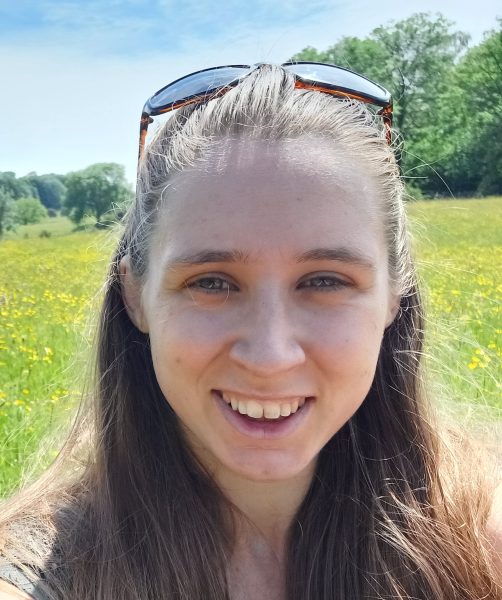 Hi, my name is Sammy.
Hi, my name is Sammy.
I’m a recent graduate of animal conservation science. Having studied for three years, plus a placement year, at the University of Cumbria, I have been recently employed by South Cumbria Rivers Trust as an invasive non-native species coordinator. This means I will work with various people to get rid of invasive species that aren’t from the UK that are causing huge negative impacts to our local species, ecosystem and wildlife. The areas I’m working in are the Kent catchment and the Leven and Windermere catchment. Having only just started, my days are filled with mapping and exploring the catchment looking for Himalayan Balsam, Japanese Knotweed, American Skunk Cabbage and Giant Hogweed.
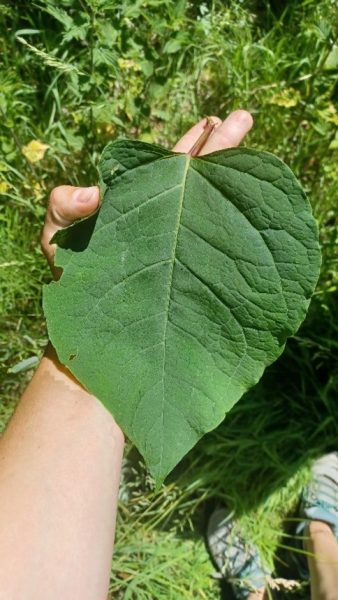
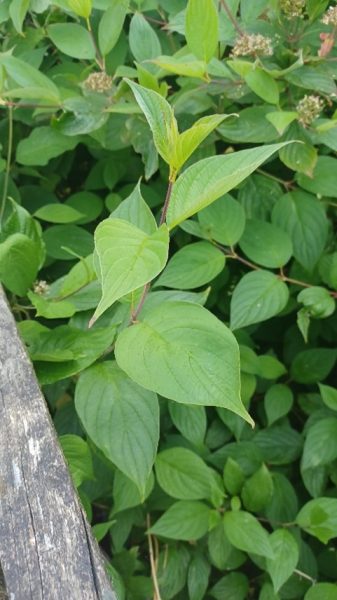

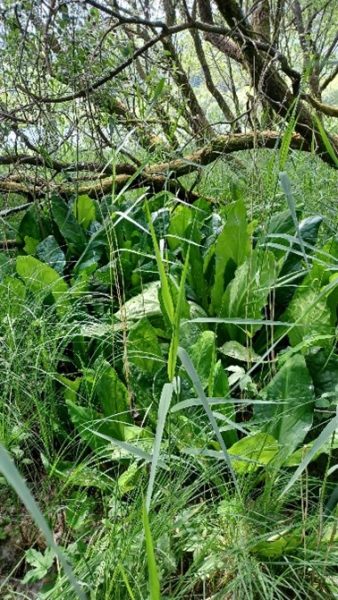
Japanese Knotweed (JK) leaf Japanese Knotweed Plant Himalayan Balsam (HB) American Skunk Cabbage (ASC)
I went on a Balsam Bashing day in Rydal where we got rid of a couple hundred plants, found Japanese Knotweed and American Skunk Cabbage! A successful day all round. I enjoy seeing all the other wildlife as I’m tackling the balsam as well. The challenge is to stay focussed on just the invasive species.
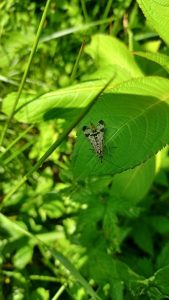
Himalayan balsam with a scorpionfly
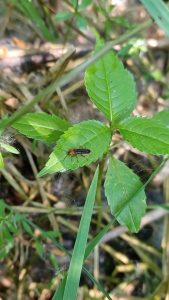
Himalayan balsam with a soldier beetle
Recently, I have been out with two volunteers along the River Mint. The volunteers dedication and hard work has meant that we were only looking for invasive stragglers rather than tackling hundreds of plants. We found around 25 plants. This may not seem like a lot but given chance to flower and seed each Himalayan Balsam will produce around 800 seeds that can spread around 7m from the mother plant. Therefore, our efforts that day stopped the potential for around 20,000 seeds being produced.
Many volunteers are tackling balsam throughout these catchments. Some patches can have several hundred to a couple of thousand plants. The seeds can remain dormant in the ground for around 2 years which means that vigilance is key to ridding areas of Himalayan Balsam for good.
More blogs to add over the next month or two as we battle our way through the invasives season. If you have any questions about invasive species, contact me on sammyh.scrt@gmail.com
